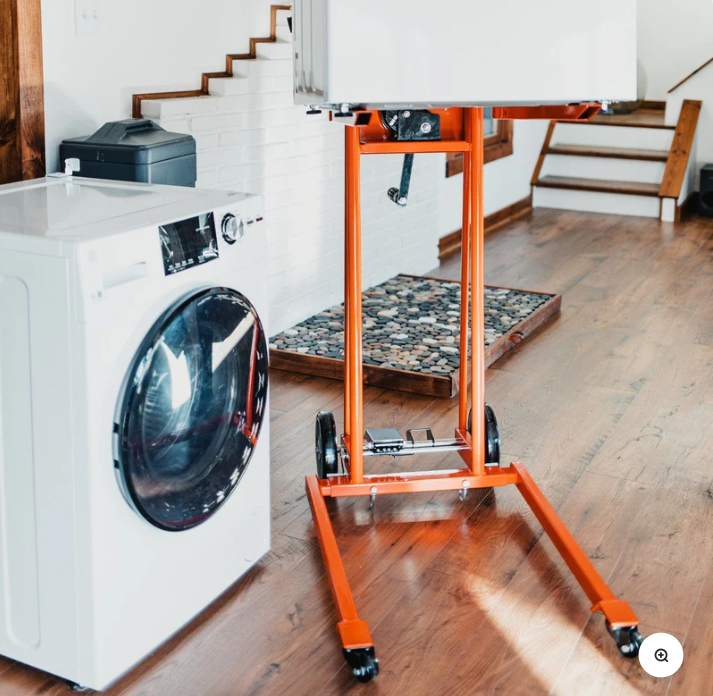
When you pick a material lift, look at how much it can hold, safety parts, and if it is easy to use. The best material handling equipment with the right load and height details helps you work faster and safer. Important things like operator controls and regular care help you do your job and keep both the operator and product safe.
Material Lift Capacity and Load
Load Weight
It is important to know the weight of every load. Each material lift can only hold a certain amount. If you put too much weight on it, the lift can break. This can hurt people and damage the lift. Too much weight also makes repairs cost more and causes delays. Always look at the tags on your lift. These tags tell you how much weight it can hold. This helps you not make mistakes.
Here is a table that shows how much weight different material lifts can hold:
Material Lift Type |
Standard Weight Capacity |
Typical Vertical Rise |
Key Features/Notes |
|---|---|---|---|
Package Handling Material Lifts |
Up to 500 lbs |
Up to 17 ft |
Indoor use, safety systems to prevent injury, load/unload from multiple sides |
M1504 Commercial Freight Lift |
1000 lbs |
Up to 23 ft |
Stainless steel walls and floor, up to 4 stops, 3-year warranty |
Hydraulic Vertical Freight Lifts |
Up to 8,000 lbs |
Up to 22 ft |
Large carriage sizes, indoor/outdoor models, safety valves and cams, lifetime structural warranty |
Mechanical Vertical Freight Lifts |
Up to 50,000 lbs |
Customized |
Four-post design, heavy-duty roller chain lift, indoor/outdoor, lifetime structural warranty |
Tip: Always add the weight of slings, beams, and other rigging parts to your total load.
Groups like OSHA make rules about safe load limits. They use special formulas to help you know when to use a material lift. These rules look at the weight, how far you move it, and how often you lift. You should always follow these rules.
People sometimes make mistakes. They do not check the load capacity or guess the weight. Sometimes they use the wrong rigging. These mistakes can make the load fall or break the lift. Always check your equipment and make sure everyone is trained.
Size and Dimensions
The size of a material lift matters for your workspace. You need to think about how wide, long, and tall the lift is. If your aisles are narrow, a small lift is better. If you move big loads, you need a bigger platform and more capacity.
The lowered height is important for moving under doors or into trucks.
The raised height must reach your highest shelf or platform.
The length and width help you know if the lift can turn in your aisles.
OSHA gives size ranges for different forklift classes to help you choose.
Forklift Class |
Typical Lowered Height (in) |
Typical Max Lift Height (in) |
Typical Width (in) |
Typical Length (in) |
|---|---|---|---|---|
I (Electric Rider) |
85-90 |
125-130 |
40-45 |
120-125 |
II (Narrow Aisle) |
90-95 |
200-210 |
40-45 |
95-100 |
IV (Internal Combustion, Cushion Tires) |
110-115 |
100-105 |
65-70 |
200-215 |
V (Internal Combustion, Pneumatic Tires) |
80-100 |
225-525 |
70-100 |
185-285 |
VII (Rough Terrain) |
90-100 |
170-180 |
85-90 |
180-185 |
Always match the size of your lift to your space and your loads. This helps stop accidents and keeps your work going well.
Safety Features in Material Lifts

When you pick a material lift, you need to look at safety features. These features help keep you, your team, and your equipment safe. Good safety design helps stop accidents. It also keeps your work going without problems. Here are the most important safety features to check before you use any lift.
Overload Protection
Overload protection is very important for any material lift. This system stops you from lifting too much weight. If you try to lift something too heavy, the lift will warn you or turn off to stop damage.
Overload monitoring and protection help lower risks with lifting.
Checking and fixing your lift often helps stop it from breaking.
Training teaches you what to do if you overload the lift.
Risk checks help you find dangers and see if your safety steps work.
Taking care of your lift and checking it helps stop load problems and accidents.
Many lifts have load limiters, alarms, or automatic shutoffs. These tools stop you from going over safe limits. Dynamic load monitoring shows you the weight and balance as you work. This helps you avoid breaking the lift and keeps it working longer.
Tip: Always follow the maker’s instructions and never guess the weight. Lifting too much is a top reason for accidents and broken lifts.
Mechanical Interlocks
Mechanical interlocks add more safety to your material lift. These devices make sure doors and gates stay closed before the lift moves. You cannot use the lift if a gate is open or if someone tries to get in at the wrong time.
Mechanical interlock switches keep doors and gates closed before the lift starts.
They protect you by stopping people from using the lift the wrong way.
Some interlocks use keys so only trained people can use the lift.
Interlock switches mix lock checks and safety jobs, making the system work better.
Safety Feature |
Contribution to Safety |
|---|---|
Enclosure with safety gates and interlocks at each floor |
Stops you from going into the lift when it is not there and stops the lift if gates are open. |
Compliance with ASME/ANSI B20.1 standards |
Makes sure all needed safety systems are there, like backstop safety and platform railings. |
Minimum 5:1 service factor |
Meets lifting rules for safe and steady work. |
Mechanical interlocks help stop the lift from moving when it should not. They also make sure only trained people use the lift, which lowers the chance of accidents.
Note: Always check that all interlocks work before you use the lift. Never skip or turn off these safety features.
By focusing on these safety features—overload protection, emergency stops, and mechanical interlocks—you lower the chance of danger and make your work safer. Always pick a material lift with strong safety parts and keep them working well.
Usability and Mobility
Fork Pockets and Casters
Fork pockets and casters help you move material lifts easily. You can put forklift forks into the pockets to lift the platform fast. This makes moving heavy things in your workspace much easier. Casters let you roll the lift, even in small spaces. These features help you move the lift quickly and save time. You can use the lift for many jobs and different spaces. In most work areas, fork pockets and casters help you move things safely and well.
One-Person Operation
Modern material lifts are made for one person to use. You can set up and use these lifts by yourself. This saves time and means you do not need extra help. Ergonomics is important for these lifts. Adjustable controls and soft handles help you work longer. Clear displays show you what you need to know. When controls are easy to reach, you feel more comfortable. A good workspace helps you stay safe and not get tired. Good design also helps stop injuries. You can work well and stay safe, even if you use the lift for a long time.
Easy-to-use controls and seats help you not get tired.
Big cabins and clear views help you move safely.
Simple controls make it easy to learn and use the lift.
Manual vs. Electric Winch
You can pick a manual or electric winch for your lift. Manual winches are good if you need to move the lift and do not have power. You need to use your strength, so they are best for light jobs. Electric winches lift things faster and you do not need to use much effort. They are good for heavy jobs and places with power. Many electric winches have remote controls to help you work better and safer.
Winch Type |
Advantages |
Disadvantages |
|---|---|---|
Manual |
Easy to move, simple, no power needed |
Needs strength, slower to use |
Electric |
Quiet, fast, can use remote control |
Needs power, can get too hot, costs more |
Both winch types are made to help you not get hurt. You should always pick the winch that fits your job best. This helps you work better and feel comfortable.
Integration with Material Handling Equipment
Compatibility
You need to make sure your equipment works well together. If you use the wrong lift with your racks, your work can slow down or things can break. Some vehicles only fit certain storage systems. For example, reach-type forklifts work with double-deep pallet racks. But they do not fit drive-in racks because of their size. You should check if things fit before you start your project. This helps you stop problems before they happen.
When equipment fits together, your work goes smoothly.
You can keep people safe and protect your products.
You use your storage space in the best way.
Different jobs need special equipment, so always check what you need.
Using the right equipment helps you follow safety rules and keep products good.
Matching your equipment also saves fuel. You do not waste energy moving things the wrong way. You lower the chance of accidents, so you have less downtime and use less fuel for repairs. Good matches mean less fixing and better use of your tools.
Customization Options
You can change material handling equipment to fit your needs. Many companies need special lifts for different jobs. You might want a bigger platform, more lifting power, or extra safety parts. Custom lifts help you work faster and safer.
Key Factor |
Explanation |
|---|---|
Platform Capacity |
Pick the right lifting power, from small loads to heavy machines. |
Platform Lifting Height |
Choose how high you need to lift, like from the ground to a third floor. |
Platform Size |
Make sure the lift fits your space and the size of your goods. |
Special Features |
Add things like quiet motors, overload alarms, weighing tools, or anti-fall systems. |
You can add things like turning platforms, folding edges, or built-in conveyors. These choices help you move things with less fuel and less work. Custom lifts can also have sensors and alarms for better safety. When you work with engineers, you get equipment that fits your work and saves fuel.
Custom equipment helps with technology and automation. You can connect your lifts to automated systems for better tracking and less manual work. This means less fixing and more time for important jobs. You also use less fuel because your equipment works smarter.
Tip: Always talk to your supplier about what you need. Custom solutions can help you save fuel, stay safe, and get more done.
When you pick material handling equipment, think about how much it can hold, if it is safe, how easy it is to use, and if it works with your other tools.
Experts say you should always check how much weight it can lift, if it is comfortable to use, and if it fits in your space.
Talking to specialists can help you find what you need and make your work safer.
If you look at these things carefully, your equipment will work better and last longer.


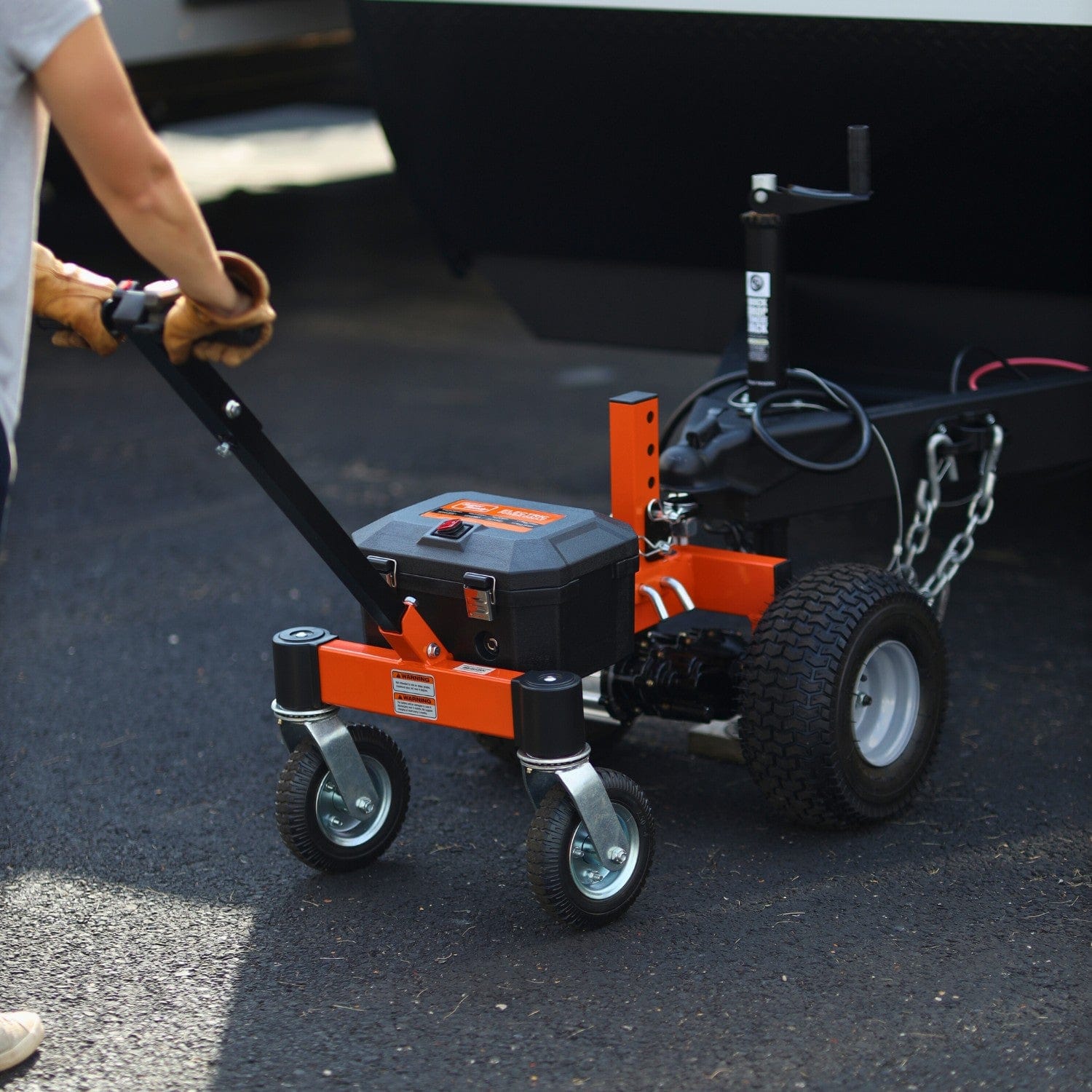
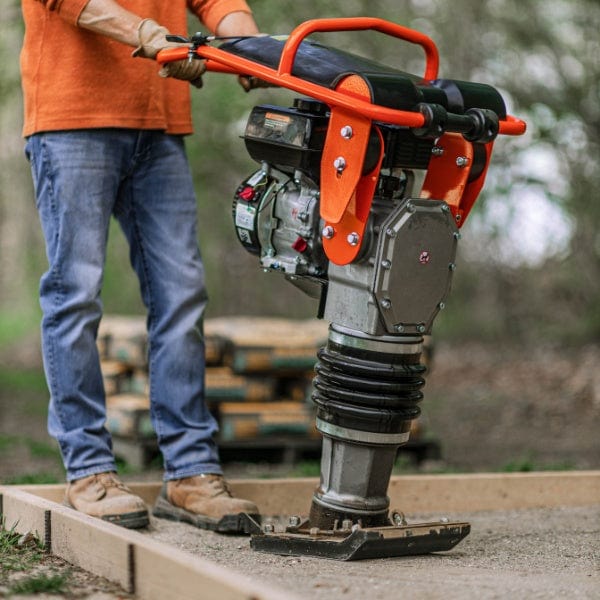
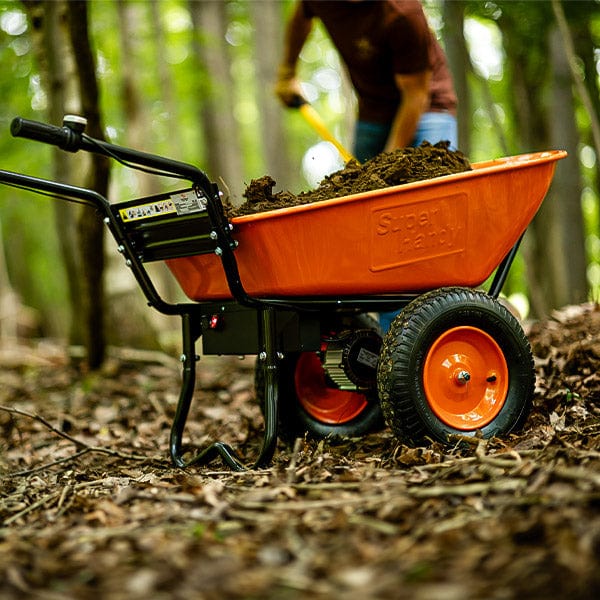
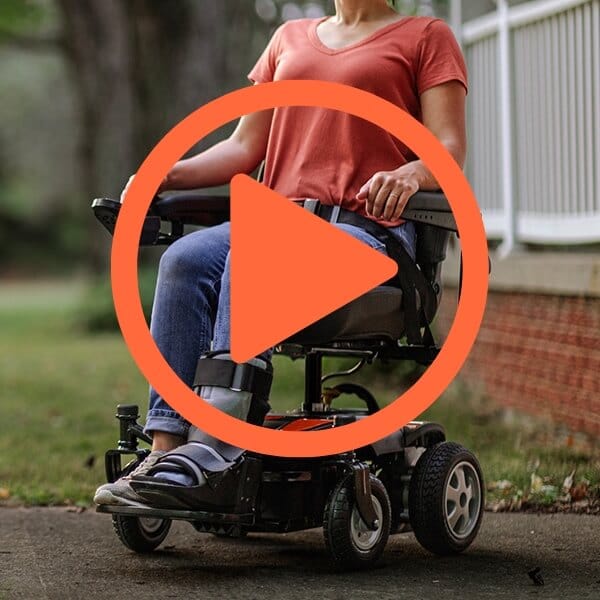

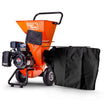
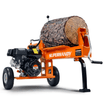

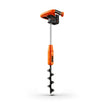
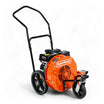
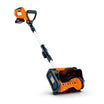
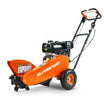
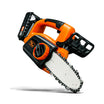

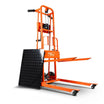
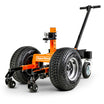
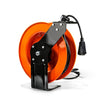
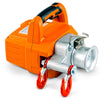


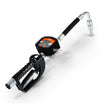
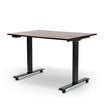
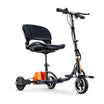
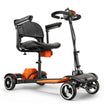
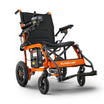


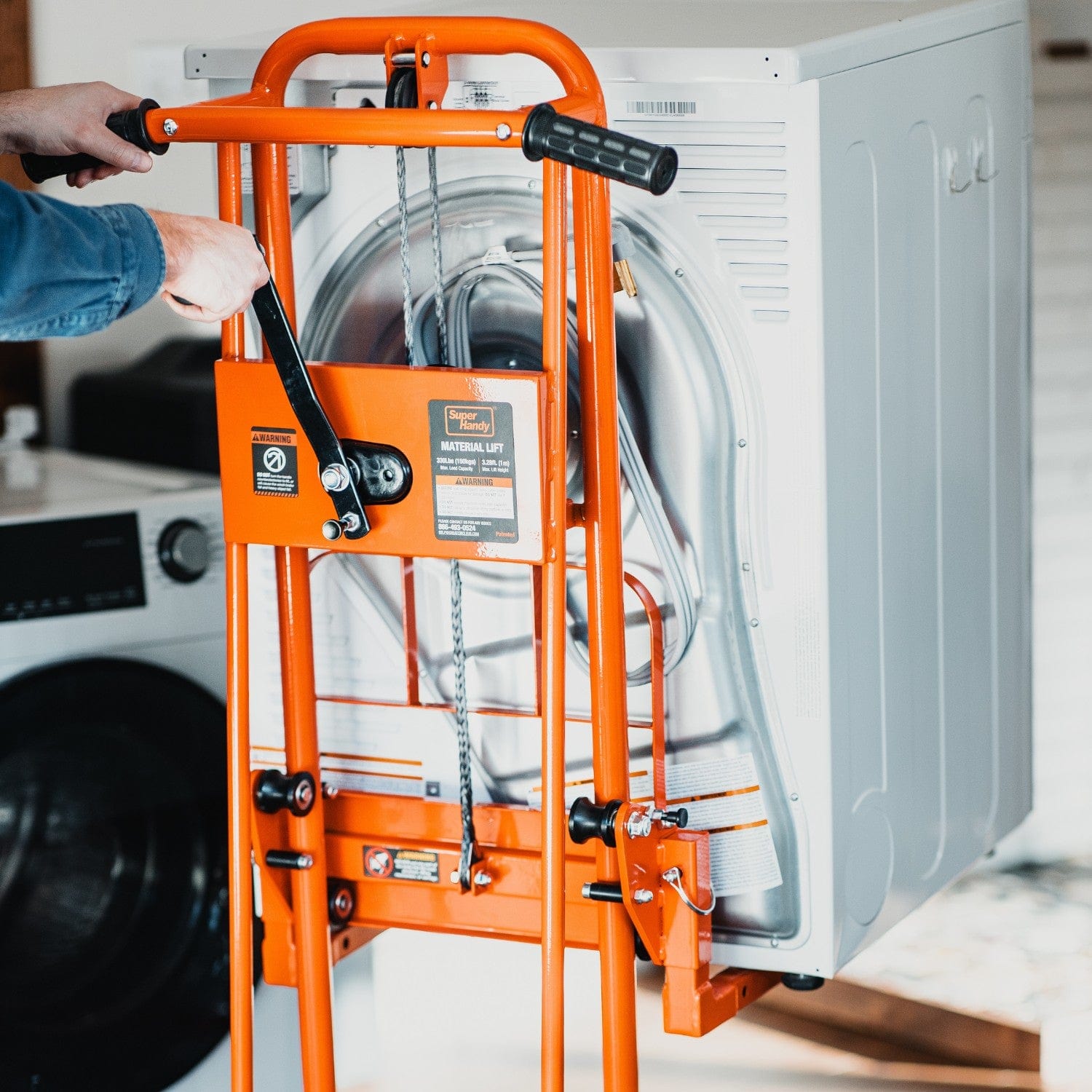
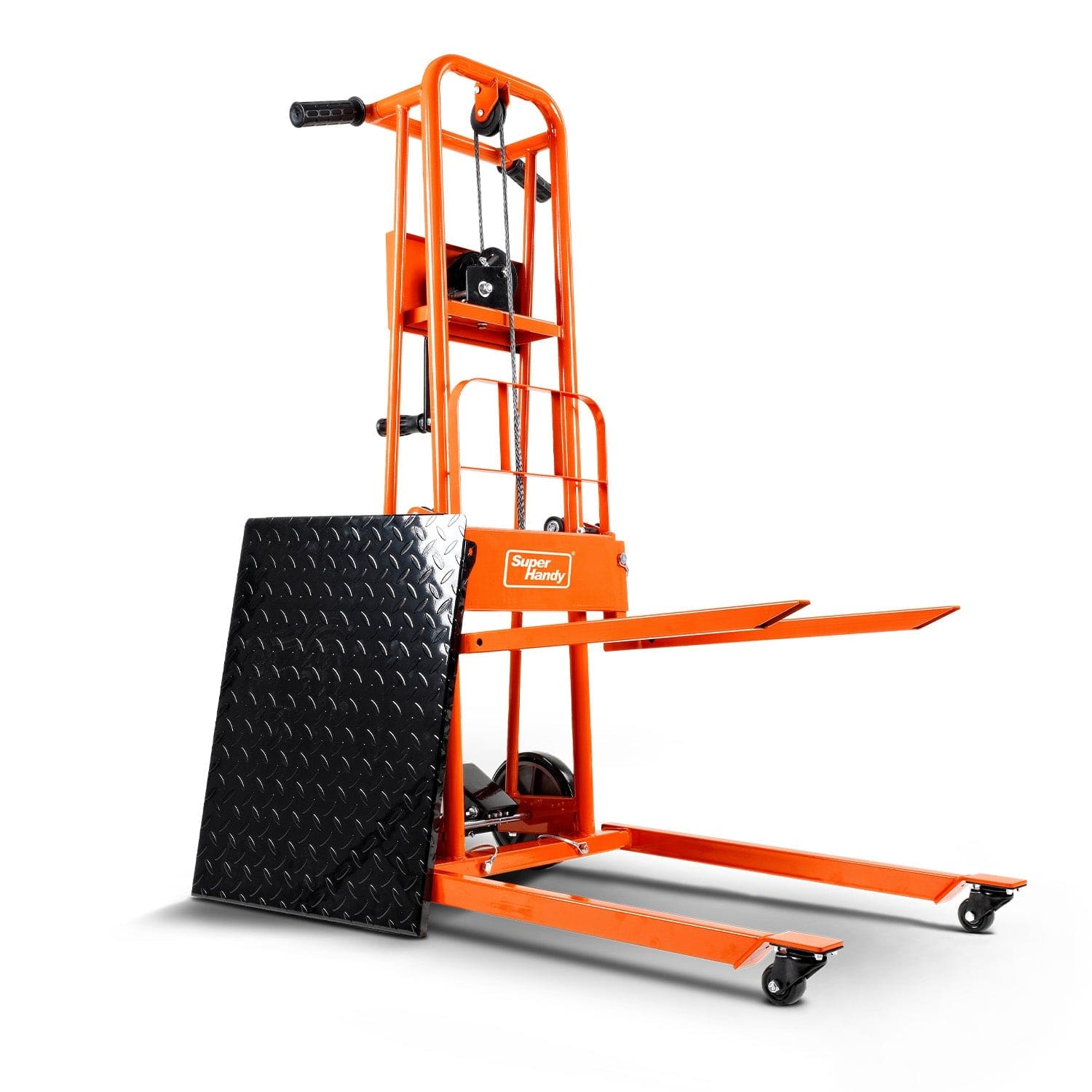
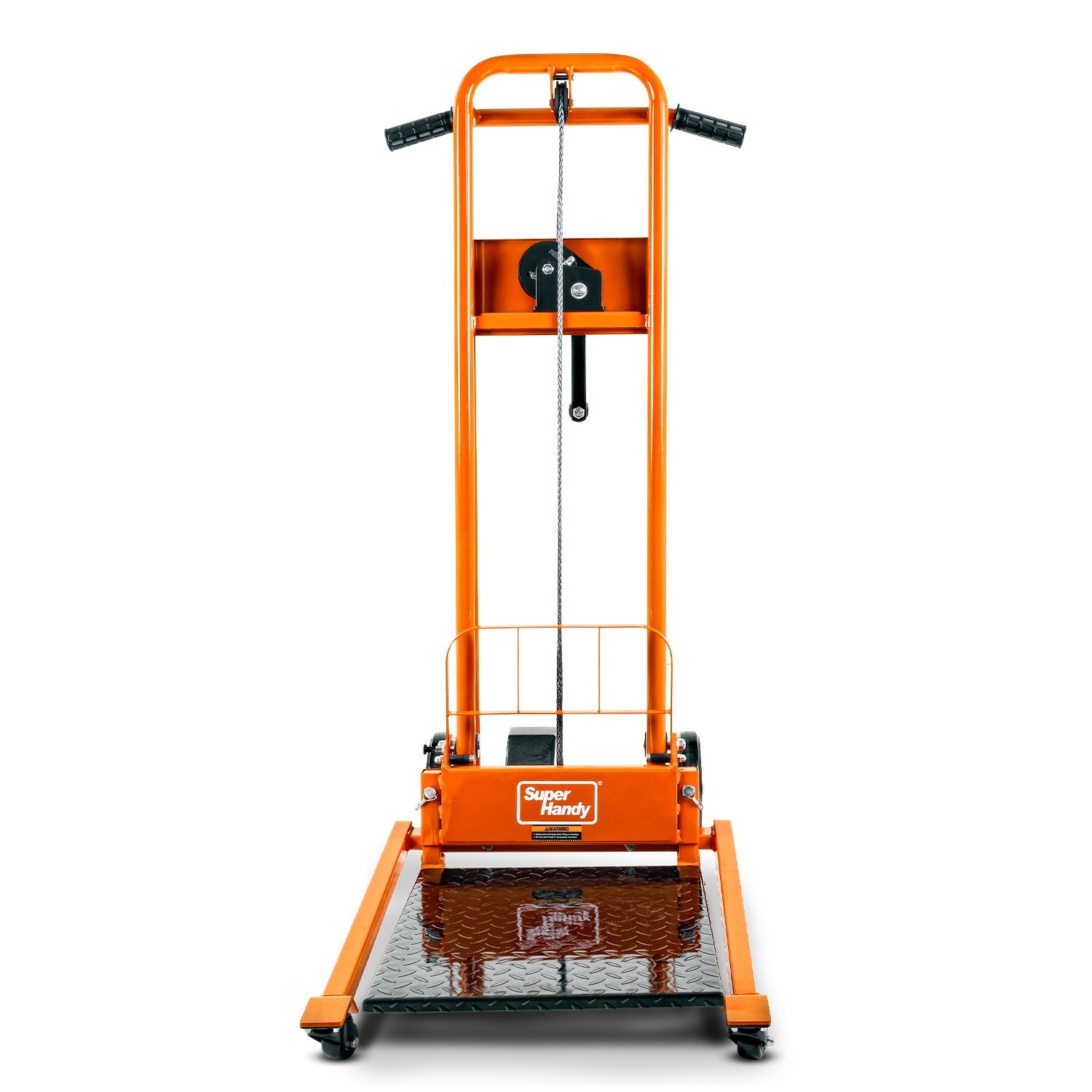
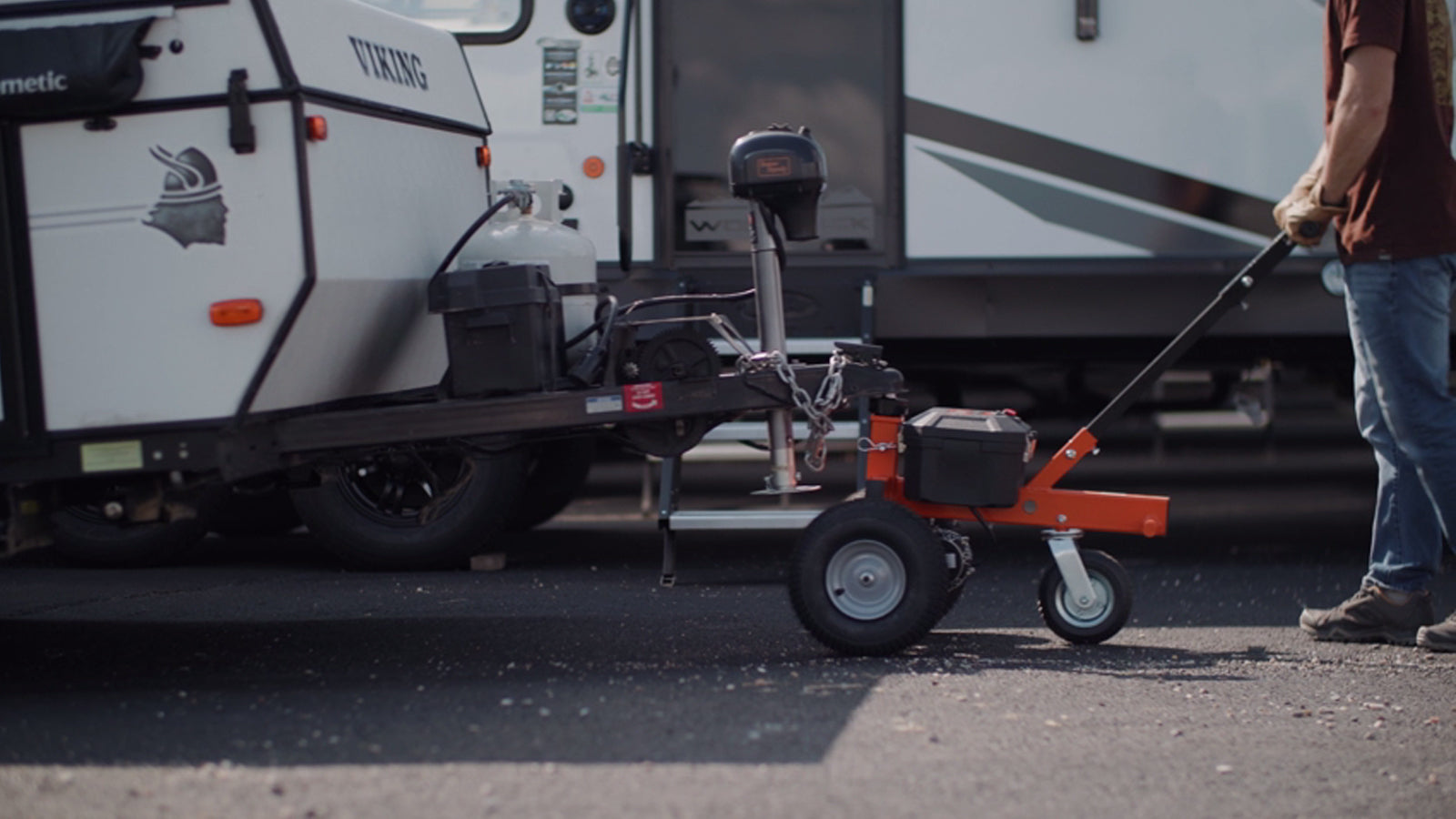
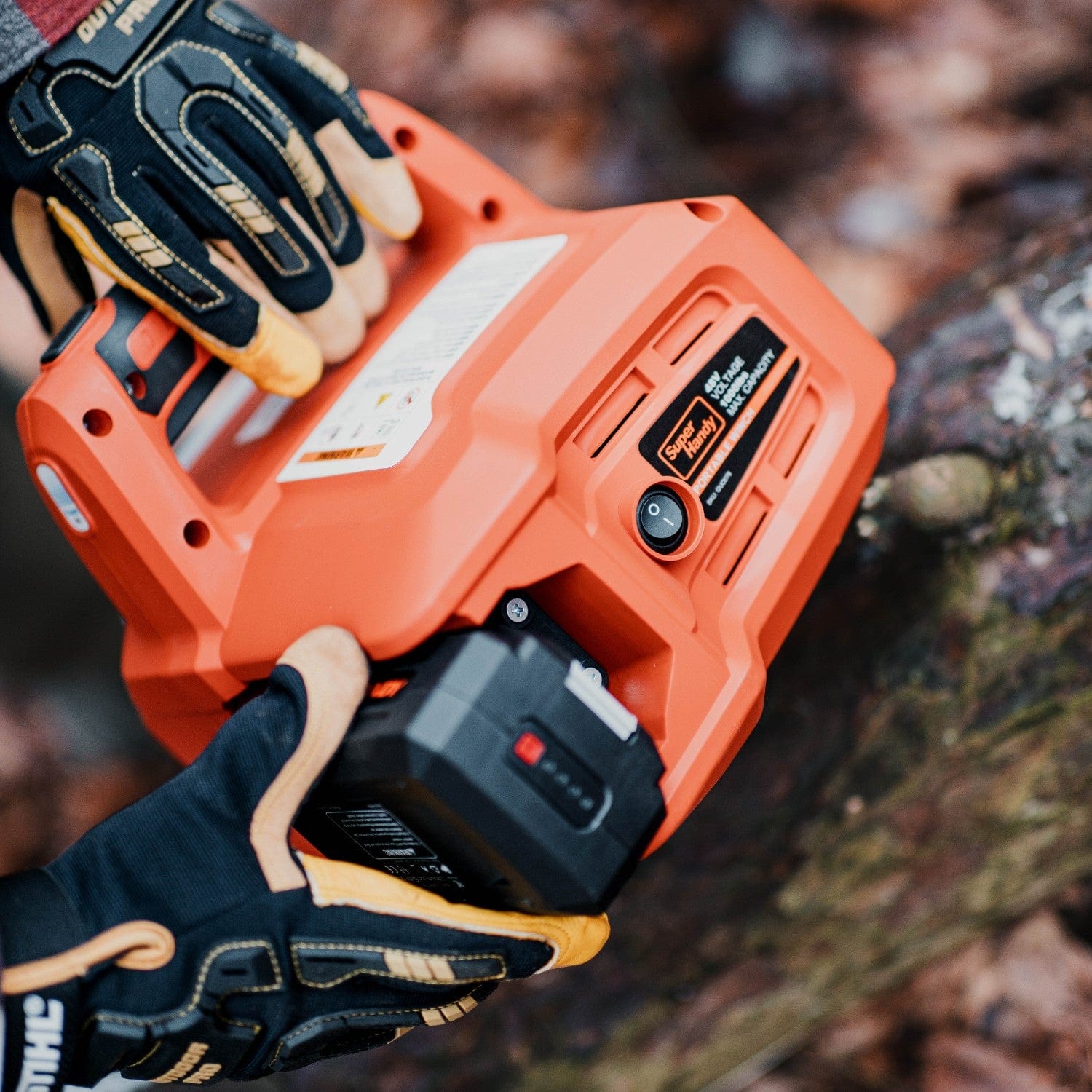
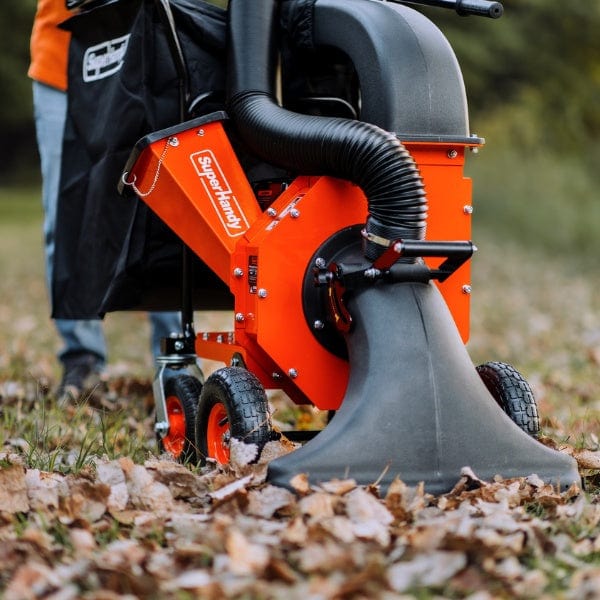
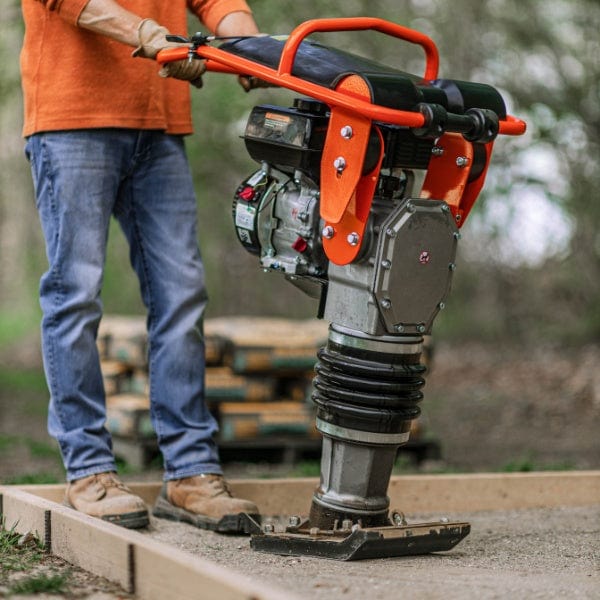
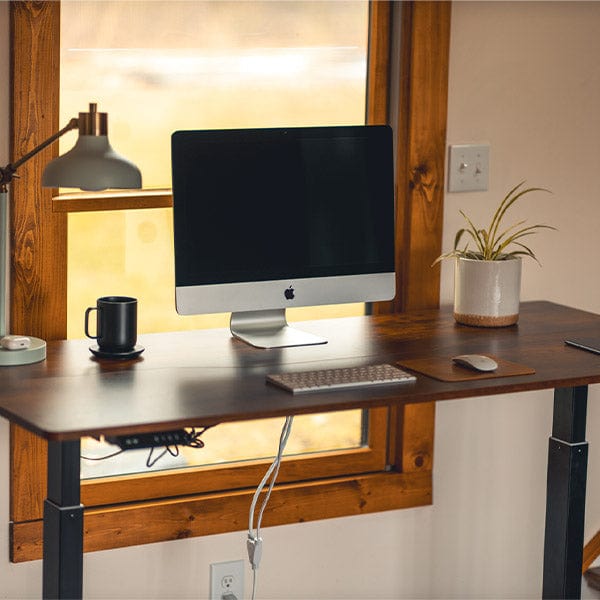
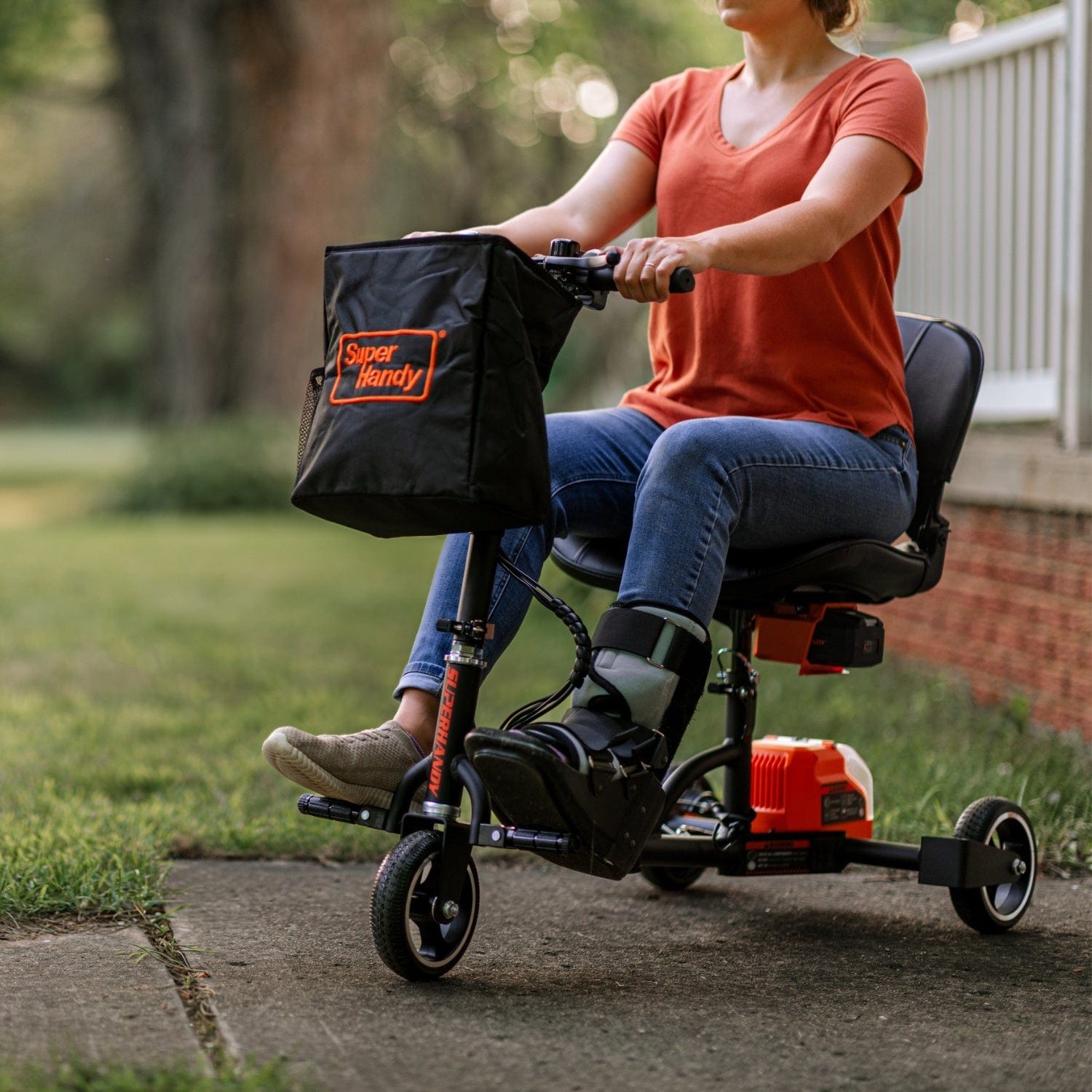
Leave a comment
All comments are moderated before being published.
This site is protected by hCaptcha and the hCaptcha Privacy Policy and Terms of Service apply.